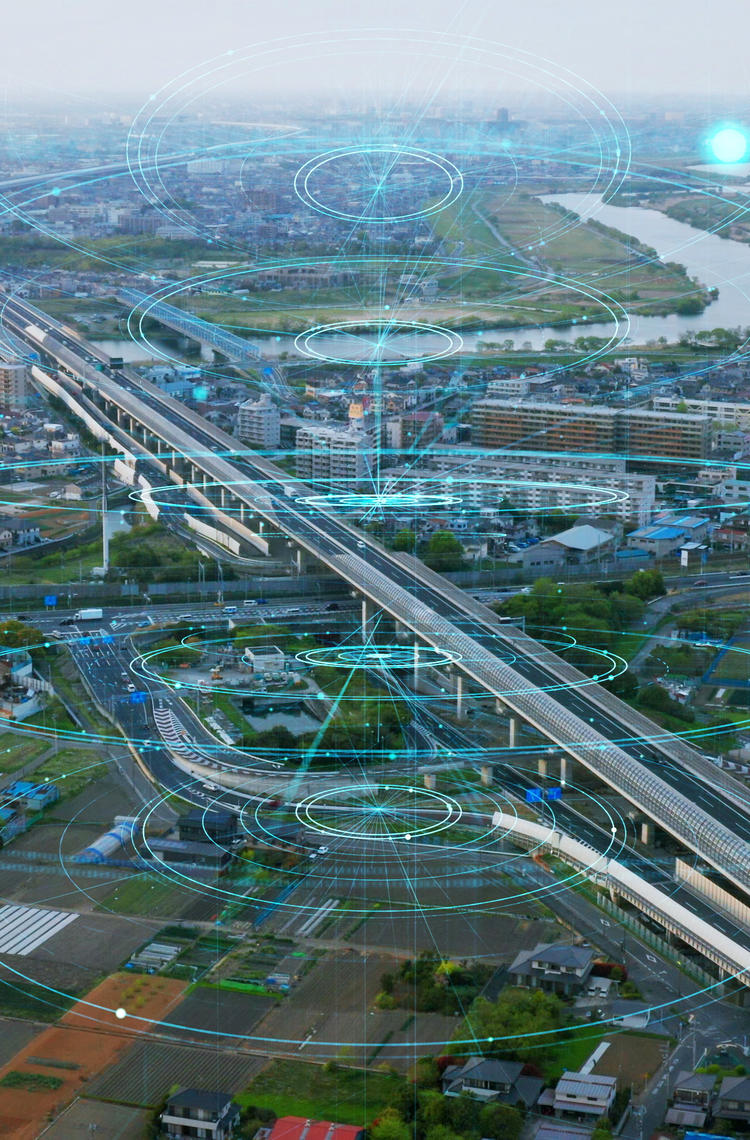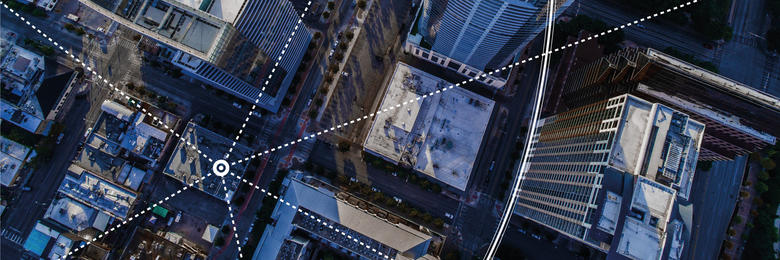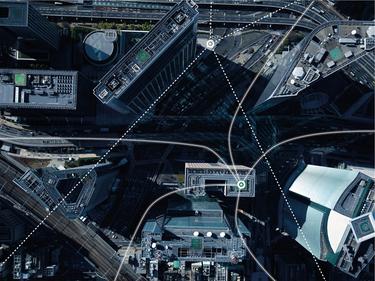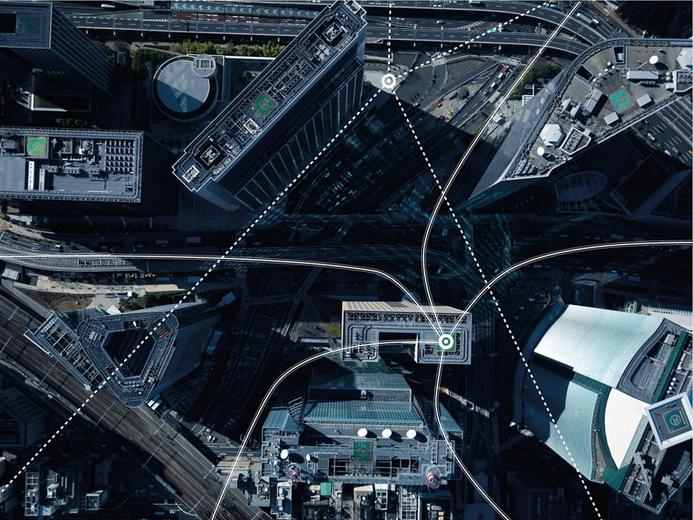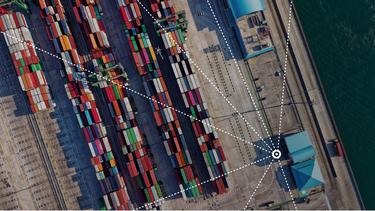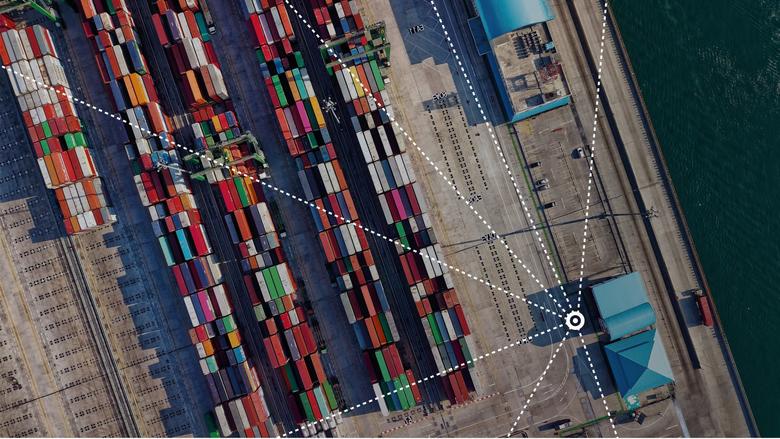Today’s urban air vehicles have been designed to operate with a high degree of autonomy. A robust and reliable connectivity infrastructure is now essential to ensuring these vehicles can safely and efficiently transmit mission-critical data.
By 2025, there could be 3,000 passenger drones, or flying taxis, in use around the world. That figure could swell to 100,000 by 2050, thanks to more sustainable, multimodal mobility networks. The emergence of these new aerial vehicles—an entirely new industry known as urban air mobility (UAM)—is thus adding an exciting new dimension to the urban transportation mix of the future.
A fast, highly available and secure communication system is essential to interconnect all service providers and to enable interoperability for the reliable exchange of information.
- Klaus-Werner Rueger, Senior Expert Data Link & Connectivity, Airbus Urban Mobility
The anticipated growth in urban air vehicles—most of which will operate with a predefined degree of autonomy, either through self-piloting or remote-piloting from the ground—is also expected to bring significant changes to the way air traffic is managed. In fact, a denser and more diverse use of urban airspace requires a more sophisticated solution to safely coordinate the movement of these vehicles in the air. High-speed, low-latency connectivity is thus expected to play a crucial role in ensuring the timely transmission of mission-critical data relating to their in-flight trajectory.
A fast, highly available & secure communication system
For self-piloted and remotely piloted aerial vehicles to reach their full potential, they will need to receive vast amounts of data from multiple service providers. This data includes maps, aeronautical databases, weather forecasts, real-time traffic intelligence and situational awareness information. In turn, the aerial vehicles must also be able to transmit information of their own, including positioning and performance data.
“A fast, highly available and secure communication system is essential to interconnect all service providers and to enable interoperability for the reliable exchange information,” says Klaus-Werner Rueger, Senior Expert Data Link & Connectivity, Airbus Urban Mobility.
This communication system is grouped into two types that require different performance levels from the network: control and non-payload communication, and payload communication. Control and non-payload communication transmits mission-critical control commands to aerial vehicles. This includes flight status, and navigational and telemetry data. High reliability, low latency and security against jamming or hijacking are paramount when transmitting this information. Payload communication includes the remaining mission- and passenger-related data, such as web browsing or vehicle health for predictive maintenance.
Connectivity: the “unseen backbone” of urban air mobility
Designing the right communication infrastructure to support these many applications is one of the keys to making UAM a reality. Airbus Urban Mobility is working to support this effort via the digital air traffic management solutions designed by Airbus UTM. However, the integration of urban air vehicles into our airspace will not happen overnight. The following three roll-out phases are expected:
- Emergent: Short, low-density UAM flights on a small number of fixed routes will have human pilots on board at all times. Airspace traffic management (ATM) services will be provided as in current operations.
- Early expanded: Longer, higher-density UAM flights will be provided in a small network of take-off and landing areas. Some aircraft may be piloted remotely from the ground. The aircraft will have direct communication with the unmanned traffic management (UTM) system.
- Mature: Long, high-density UAM flights will be provided in a network with multiple hub locations and no human pilot. This phase will use a unifying communication system.
Timelines are still unclear as to exactly when the first phase will be launched, but there is no doubt connectivity will form the “unseen backbone” of this new generation of urban transport.
Discover more Innovation news
Continue Reading

Recycled and ready
Web Story
Innovation
Aerospace composites are hard to recycle, yet a consortium of Airbus partners has shown it is possible to give some carbon flying parts a second life.
Expanding 5G connectivity with the Airbus UpNext SpaceRAN demonstrator
Web Story
Innovation

Driving innovation at Airbus Helicopters
Web Story
Helicopters

Airbus and partners complete successful wake energy retrieval trials
Press Release
Innovation

Combating information warfare: How Airbus is helping win the fight for the truth
Web Story
Defence
